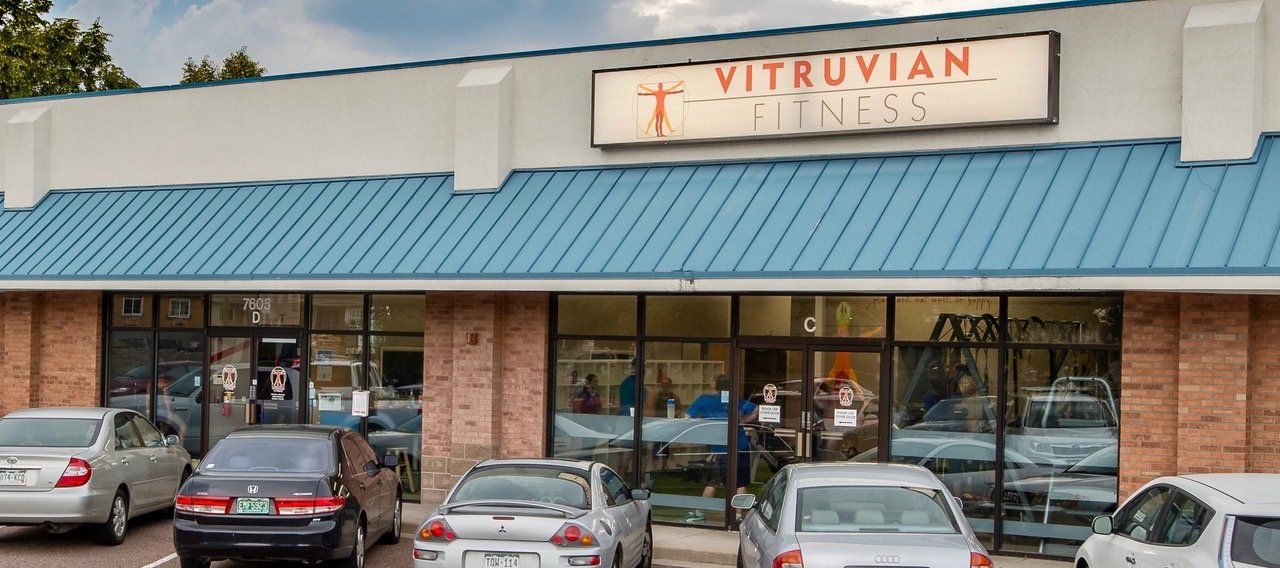Group Exercise Classes – a eulogy
Why We Stopped Offering Group Classes
(And What We Do Even Better Now)
In March 2020, when COVID changed everything, Vitruvian Fitness was only allowed to stay open by limiting sessions to 5 people at a time. To comply, we canceled all our group exercise classes and focused exclusively on small-group personal training.
What happened next surprised even us: demand for individualized strength training exploded. Our members thrived with personalized programs, more coaching attention, and stronger results. And when the health department finally allowed larger groups again – 2 years later – we didn’t have space to go back.
We’ve doubled down on what we do best: custom strength training in small groups, with expert coaching every rep of the way. While we miss the big-room energy of group classes, we’re making a bigger impact where it matters most—at the individual level.
If you’re looking for small-group personal training that’s tailored to your body, goals, and life, that’s all we do – and we’ve never been better.
You might also enjoy these posts . . .








